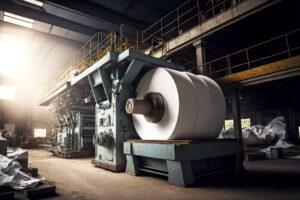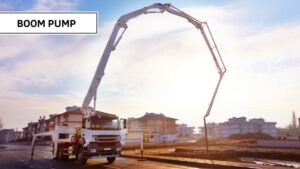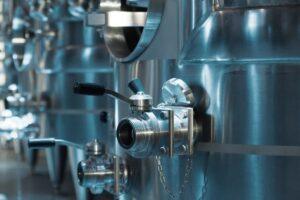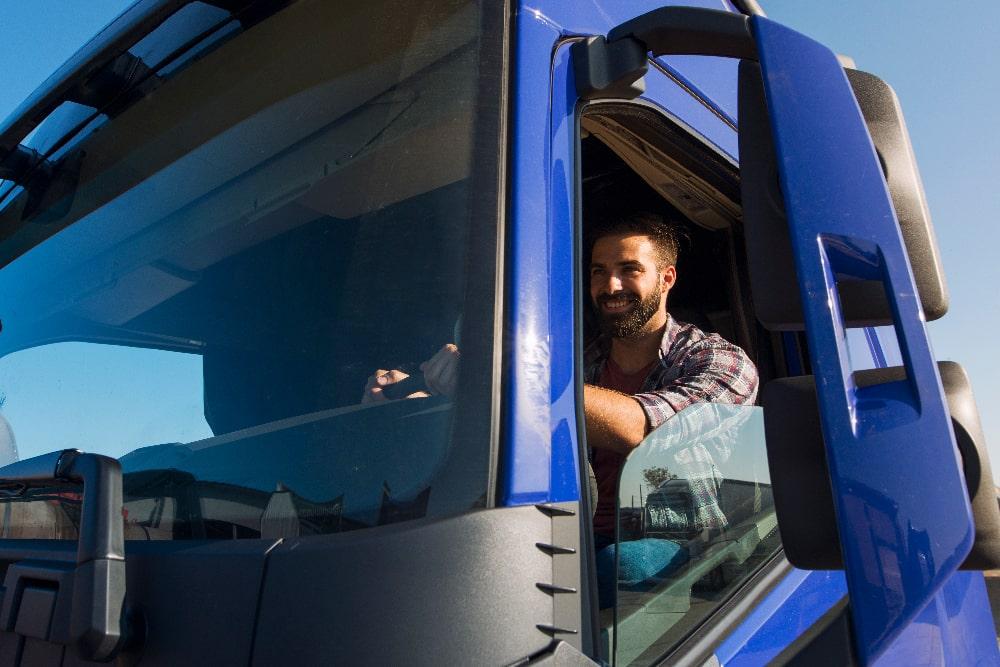
It contributes to moving goods, services, and people over a long distance; thus, transport is very important to the world’s economy. Road, rail, air, and sea transport are involved in it. Each one of them plays a major role in economic development, international trade, and daily life. Efficient transport systems ensure that raw materials reach manufacturers and finished goods reach consumers and that people have access to jobs, education, and health facilities.
So, what are the main transportation industry trends?
Current State of the Transportation Industry
By 2024, the transportation sector will be changing radically due to rapid technological changes, sustainable programs, and new customer demands. The global transportation and logistics industry is still a very pivotal driver of economic activities. Meanwhile, continuous transformations related to electric vehicles, autonomous technologies, and integrated multi-mode transportation systems are being undertaken by governments. Urbanization, increasing e-commerce, and further expansion of smart infrastructure all create an enabling environment that keeps evolving how transport is taking place.
A few of these newer modes of transportation meet here and converge in the effort towards efficiency, reduced carbon footprints, and even the growing demand for speed and service. Notice the proliferation across many other transport industry sectors in advancements like logistics: real-time tracking systems, delivery via drone aircraft, electric-powered freight-transport vehicles, and shared human mobility in car sharing also cut down vehicle sales in most world marketplaces.
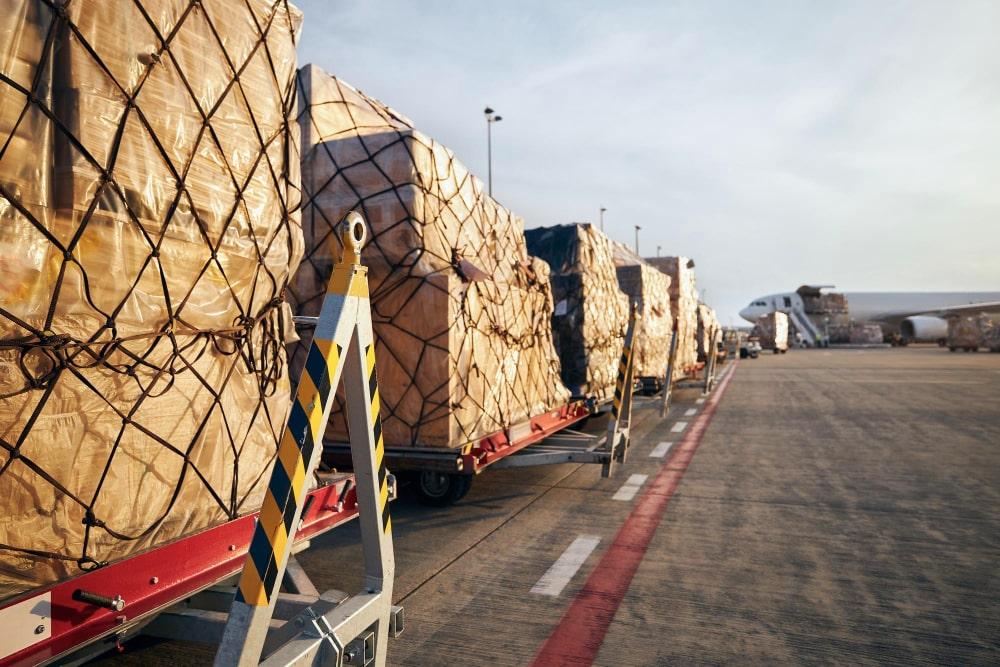
Key Challenges and Achievements to 2025
So, let’s discover the latest transportation industry news. As the industry continues its journey to 2025, it will be molded in a different shape by many challenges and several notable achievements:
Challenges
- Infrastructure overload: Congestion at major transportation centers due to rapid urbanization and growth of e-commerce. In many countries, aging infrastructure struggles to match supply with demand. Modernization investments are direly needed.
- Sustainability pressures: The push for EVs has gained momentum, but again, the transition is so far hampered by the high costs, limited charging infrastructure, and concerns about battery production. Other transport modes, like aviation and shipping, also need to get greener.
- Workforce shortages: The transport sector still suffers from labor shortages, especially in the logistics and trucking sectors, characterized by high workforce turnover rates and an aging workforce. Automation might hold the key, but this transition to fully automated systems faces its challenges.
Achievements
- Electric and autonomous vehicles: In 2024, electric vehicle adoption will take a giant leap as most countries begin to roll out more stringent emissions standards. On the autonomous front, this technology is also rapidly evolving-especially in freight applications further improving safety and efficiency.
- Infrastructure development in smart cities: The smart city development in which the use of intelligent and connected transportation networks with data, sensors, and artificial intelligence is further integrated for optimizing traffic flow and less congestion.
- Sustainability initiatives: The transportation industry is forging ahead with sustainable initiatives that include alternative fuel technologies, greener shipping methods, and electric aircraft projects – a necessary step in the transport sector to meet global carbon reduction targets.
Transportation and Logistics Industry Trends 2025
According to our transportation industry analysis, electric vehicles make the transportation world greener and more cost-effective to operate. However, high initial costs and limited infrastructure for recharging remain stumbling blocks. Therefore, a well-planned network development charging system integrated with renewable power generation is indispensable to sustain an EV growth plan that may help meet all sustainability requirements identified hereafter.
Incorporating Digital Tools into Logistics and Supply Chain Management
IoT, AI, and blockchain further facilitate logistics by contributing to real-time visibility, route optimization, and inventory management. These same technologies will support the EV infrastructure in the future by monitoring battery health and optimizing the use of charging stations, while further improving overall operational efficiency.
Emergence of MaaS Platforms that Combine a Variety of Transport Solutions
MaaS platforms integrate public transport, ride-hailing, bike-sharing, and EV charging into a single platform. This allows users to use sustainable, efficient transportation options with the power of choice to reduce congestion and reliance on personal cars while promoting eco-friendly travel.
Development of Drone Delivery Systems
Drone delivery systems change last-mile logistics by offering fast and cost-effective delivery solutions. Drones reduce delivery time, minimize environmental impact, and provide access to places that are otherwise unreachable or difficult to reach, thus creating a more dynamic and efficient transportation system.
Self-Driving Cars, Trucks, and Public Transit
Sensor-driven, AI-powered self-driving cars are a safer, less human-error-prone option, while the software also works out the most efficient traffic flow. It also transforms logistics with driverless cars and trucks, while self-driving public transit systems promise efficiency and reduce congestion in cities.

Artificial Intelligence in the Transportation Industry
What are other trends in technology? Fundamentally, AI basically motivates transport to change operation, maintenance, and improvements within services. By applying advanced algorithms in machine learning, AI enhances predictive maintenance, optimizes traffic management, and boosts customer service to make more intelligent decisions. Here is a closer look at ways in which AI is developing the future of transportation:
Predictive Maintenance
AI-powered predictive maintenance systems help in assessing possible failures much in advance through real-time information from vehicles and infrastructure. Through the application of the AI prediction algorithm, one can analyze both historical and real-time performance data for patterns and anomalies indicative of wear and tear. This would allow them to schedule maintenance before a failure actually happens. Minimized downtime, increased safety, and reduced repair costs will be ensured through proactive actions.
- Benefits: Enhanced reliability, reduced downtimes, reduced repair costs.
- Example: AI can predict when truck components like tires, engines, or brakes are due for servicing, hence reducing disruption and enhancing efficiency in fleet management.
Optimizing Traffic Management
AI is changing the game in traffic management, where real-time traffic flow, weather conditions, and road patterns are analyzed to optimally adjust traffic signals and routing systems. AI dynamically adjusts traffic lights, suggests alternate routes, and even foresees traffic congestion for smoother flow and reduced congestion.
- Benefits: Congestion in traffic will be minimized, the flow of traffic will be improved, and public safety will be enhanced.
- Example: AI-driven smart traffic lights automatically adjust in real-time, preventing bottlenecks and thereby optimizing the use of road space, reducing delays and fuel consumption.
Customer Service Improvement
AI enhances customer service by making responses quicker and more accurate with the use of chatbots, virtual assistants, and other automated systems. These AI tools can do everything from booking transportation services to answering customer inquiries in real-time. Also, AI goes one step further to analyze customer feedback in order to improve the quality of service and anticipate customer needs.
- Benefits: 24/7 customer support, faster response times, higher customer satisfaction.
- Example: AI-driven chatbots in transportation help customers to book a ride, track shipment, or give updates regarding real-time service status.
Smarter Decision Making by Algorithms of Machine Learning
AI and machine learning algorithms can enable businesses to gain insight from data by analyzing large data sets in search of trends. This could relate to transportation through route optimization, demand prediction, or fleet operations management and thus knowing future transportation needs by understanding past trends.
- Benefits: Improved decision-making, enhanced operational efficiency, and lower costs.
- Example: The current AI systems being used by transportation industry companies like AMED to identify the best routes for delivery based on real-time traffic and historic trends for better supply chains and fuel cost efficiencies.
Transportation Industry Predictions from AMED-US
As we head to 2025 and beyond, technology, concerns about sustainability, and changing consumer priorities promise even greater transformation in transport. Most analysts are optimistic that another wave of technologies looms over the next decade that will change how goods and people move faster, more sustainably, and with more convenience. Below are some of the insights and forecasts of key changes within the transportation and trucking industry for the next few years:
General Adoption of Autonomous Vehicles
Starting post-2025, AVs are foreseen to become a mammoth force in the transport industry. Self-driving cars, trucks, and public transit systems are expected to be progressively introduced into regular life for daily transportation and living, which will lead to safer roads, reduced human error, and fluent traffic flow. The concept of AVs will surely bring about an evolution not only in passenger transportation but also change the course of logistics, whereby autonomous trucks can ensure much quicker, smoother deliveries while reducing labor costs and lower accident rates.
- Outlook: With the deployment of fully autonomous vehicles for logistics and passenger services by 2030, the cost of transport will be lower by 40-50% according to industry analysts.
Electric and Hydrogen-Powered Transport
In the future, with sustainability becoming a key factor globally, the transportation industry will see rapid growth with electric vehicles and hydrogen-powered systems. With continuous improvement in battery technology and the construction of a more widespread charging infrastructure, electric vehicles will become the norm in passenger cars, trucks, and even public transport. Besides, hydrogen-powered vehicles are foreseen to play a crucial role in the decarbonization of heavy-duty transport and long-distance freight.
- Outlook: In 2030, electric vehicles will make up to 30-40% of the whole circulating fleet, while hydrogen fuel cell trucks will start building the backbone of a low-carbon logistics network across long-haul flows.
Integration of Smart Cities and Mobility Solutions
Next-generation transportation systems will, therefore, be driven by the development of smart cities. By 2030, transportation will be completely integrated into the smart cities’ digital ecosystem in a way that the flow of people and goods is enabled more efficiently with IoT, artificial intelligence, and real-time data analytics. Smart traffic management, automated parking, and intelligent public transport systems will come up to become the standard to keep congestion, energy consumption, and the emission of fumes from reaching their heights.
- Forecast: In smart cities, the congestion of the towns will decrease by 20-30%, which again will ensure easier transportation. Similarly, autonomous shuttles and AI-driven public transit systems will operate smoothly in such urban regions.
Scaling Multimodal Transportation and MaaS Platforms
The concept of Mobility as a Service will continue to extend its reach as more and more cities and countries take up multimodal transportation platforms. These are integrated platforms that bring together under one user-friendly application: buses, ride-hailing services, car-sharing, and even bike-sharing. By 2030, MaaS will be one of the dominant solutions in urban mobility, seamlessly offering passengers a range of transportation options on one single platform.
- Prediction: Over 1.2 billion users worldwide will be served by MaaS platforms, with improved transportation access, primarily in highly congested cities, by 2027.
Drone/Urban Air Mobility
More disruptively, last-mile deliveries and passenger transport might also further be taken up by drones and UAM. Congestion at the ground in urban areas will go down as air taxis and cargo-carrying drones increasingly share the skies. Indeed, governments and private sectors have already invested massively in the construction of air corridors, building traffic management systems, and establishing a regulatory framework that supports UAM by 2030.
- Forecast: In 2035, UAM should ferry around 2 to 3 million passengers a year, and the cargo arm will make over 20% of the entire E-commerce delivery within city centers.
Green Transportation Infrastructure
With sustainability gaining increasing importance, the transportation infrastructure will see a sea change to accommodate greener forms of transportation. Be it electric vehicle charging stations, green logistics hubs, or just about anything, transportation infrastructure will be built to run on clean energy sources. Besides, green roads, the use of recycled material in infrastructure projects, and the electrification of railways will greatly cut down the environmental footprint caused by transport systems. By 2030, almost 50% of transportation infrastructure will run on renewable energy in megacities across the globe. This focuses more on the carbon footprint concerning transportation systems.






